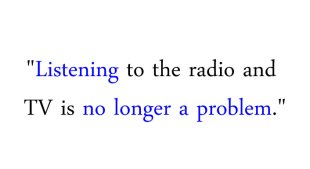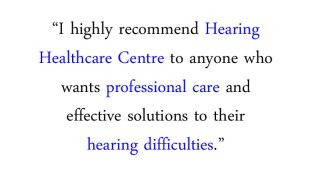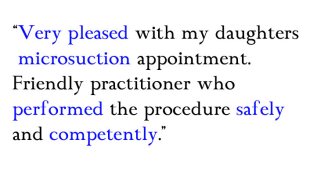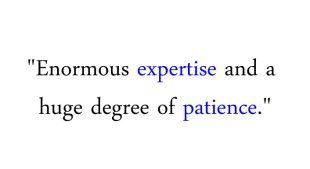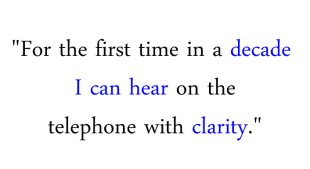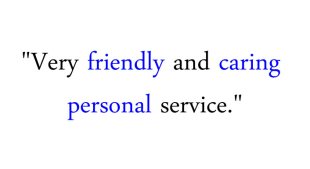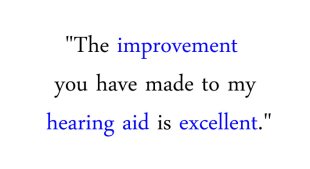1. Get the person’s attention
Before starting your conversation, make sure you have the person’s attention. Say their name before you talk to them. If you know a person has a better ear, consider moving to that side before you start talking. If necessary it may also be worth touching their arm to bring their attention to you.
2. Talk in a room with good lighting
Try and talk in a room with good lighting. It is harder to lip read if it is dark. Shadows on the face can also make it harder to read a person’s lips. Try and avoid sitting in front of strong lighting, and avoid sitting in front of a window as this can make it harder to read your facial expressions.
3. Avoid background noise areas
Converse in a suitable environment, rooms with lots of background noise are challenging at the best of times. It is hard to separate speech from competing noises, more so if somebody has a hearing loss. Room’s with hard surfaces rebound sounds and produce echoes, which again make it harder to hear speech clearly.
4. Maintain eye contact
Try and maintain eye contact throughout the conversation and make sure your face is always visible.
5. Keep your hands away from your face
This is to ensure lip reading is possible. Also don’t cover your mouth with your hand this stops lip-reading, and muffles the sound of your voice.
6. Speak naturally
It is important to speak naturally, do not try and over accentuate or elongate your speech. This is not a natural way of talking and so the brain can’t identify the noise or speech patterns we make. It also makes our lip movements harder to read.
7. You don’t always need to raise your voice
In some cases you will have to raise your voice, but you do not need to shout. If the person is wearing hearing aids you can talk normally to the individual wearing them.
8. Rephrase rather than repeat
If the person listening cannot hear or mishears something do not repeat but rather rephrase what you said. If they did not understand something the first time they are unlikely to the second time, use different words and phrases to help them fill in the misheard gaps.
9. Avoid abbreviations or jargon
Make sure you are using acceptable language. Try and avoid using abbreviations and jargon or complex words that may not be in the listener’s vocabulary.
10. Make gestures
If possible use visual cues to help your explanations. If you are talking about something or someone try pointing at it or use gestures.



